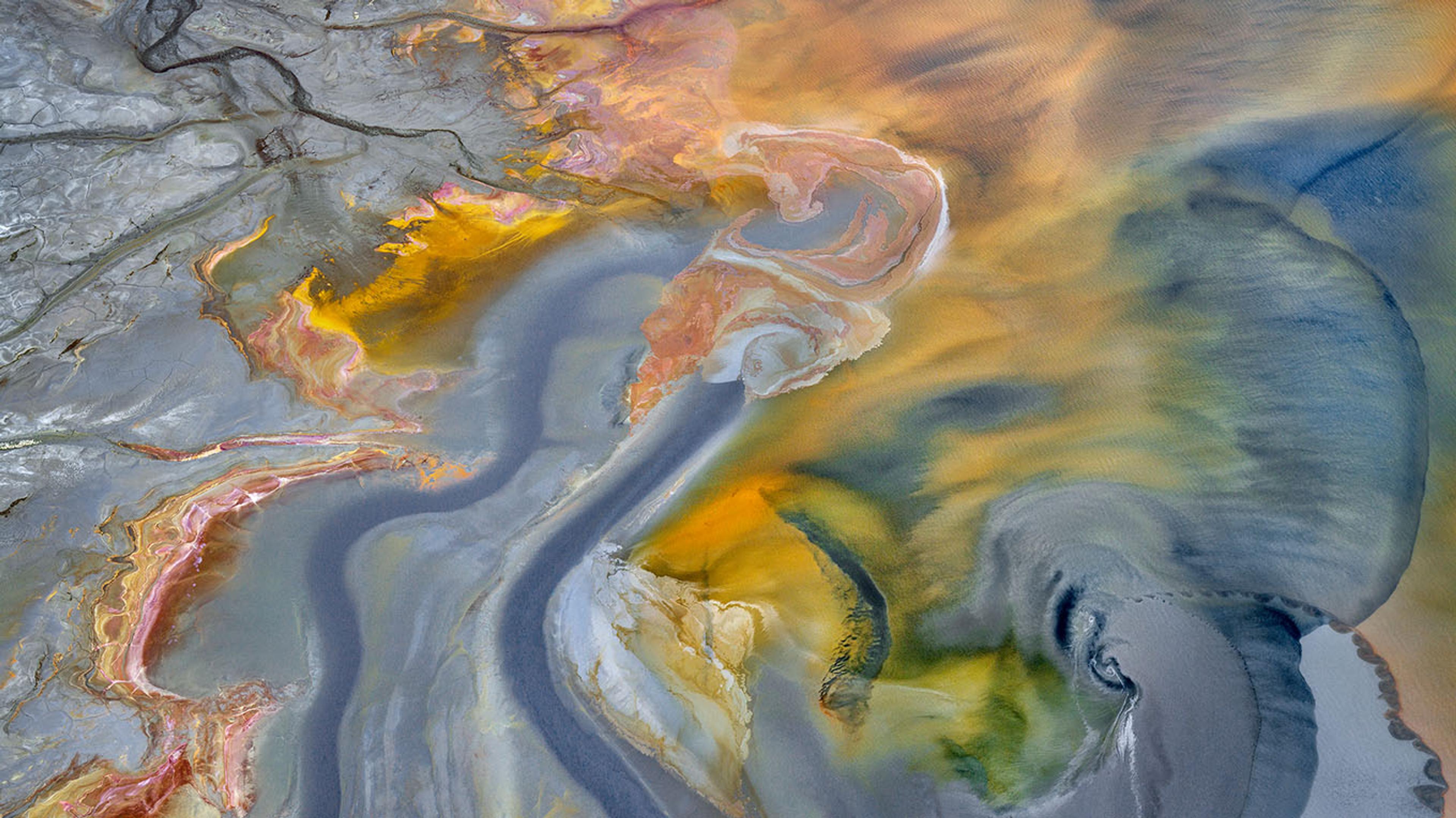Hans Strand
Manmade Land

Manmade Land comprises three series in which landscape photographer Hans Strand for the first time directs his camera towards landscapes which display the result of human interference in nature. At first glance, the result is stunningly beautiful, almost painterly images. However, on closer inspection, we recoil and sadly realize that our earth and its resources are now more manmade than natural.

surveying the planet from above
Describing himself as an Indian scout able to read the terrain and constantly searching for an angle, Hans Strand scans the area with a warm and clear eye, secure in the knowledge that somewhere in our genes there is a connection to the wilderness we come from. A connection between us, nature and all the creatures we no longer live in harmony with. Instead, we regard nature and each other as something to be ruthlessly plundered and exploited for maximum short-term gain.
In the exhibition Manmade Land at Fotografiska, Strand is surveying the planet from above. We see manmade traces on the earth’s surface captured in fascinating geometric compositions.
“We consume and destroy so much of the diversity that originally existed on the earth. This becomes obvious when seen from above. You may be looking out from a car window thinking: ‘What a lovely rolling landscape with olive trees’, but from above you see the whole picture, which is more like a tragedy of monoculture devoid of wildlife, insects and other vegetation. It is this type of human destruction of the earth that I am attempting to capture, both literally and figuratively. The patterns formed by human intervention on the earth’s surface are in themselves graphic artworks that I hope will bring home the extent of our actions.”
Hans Strand is a photographer who has the unique ability to transform natural scenes into unforgettable, exquisite and intensely captivating compositions that make you wonder what you are looking at: paintings by Miró, Kandinsky or perhaps Picasso?
The answer is: landscapes that bear distinct traces, scars, of human intervention – landscapes where the original nature has been entirely displaced: The mining for metals at the Rio Tinto River has transformed it into a poisoned, viscously coloured palette; miles after miles of olive tree plantations represent the monotony of monoculture, whose antithesis is an ancient patchwork of small-scale crops in the rugged mountainous terrain of Aragon.
“I belong to the old school who believes that photography is documentary. I don’t want to misrepresent. I want to create authentic representations of what I see. I’m passionate about complexity and I love to find compositions in chaotic motifs. As a former technical engineer, I find it easy to understand technology; however, photography without composition has no backbone.”
the result of human intervention in nature
The three photographic series document the result of human intervention in nature. How much natural landscapes actually remain – places where wildlife, ecosystems and people live in harmony with each other?
“Hans Strand began his career photographing the untouched beauty of nature. Over time, he came to realise just how quickly these areas were disappearing and being transformed by human intervention. Employing the same artistic idiom, he has continued to document our world from a perspective unavailable to most of us in order to highlight the deceptiveness in what at first glance appears to be beautiful but on closer scrutiny in fact is an artificial and almost dead environment. This not only raises questions about what we are doing to our world but also how we mislead and deceive ourselves,” Johan Vikner, Exhibition Manager at Fotografiska, explains.
The exhibition raises important issues and wants to inspire the viewer to contribute to an increased sustainable management of our resources. The accompanying texts comprise Hans Strand’s travelogues from the places he has photographed and reflections of physical geographer Adjunct Professor Johan Kuylenstierna.